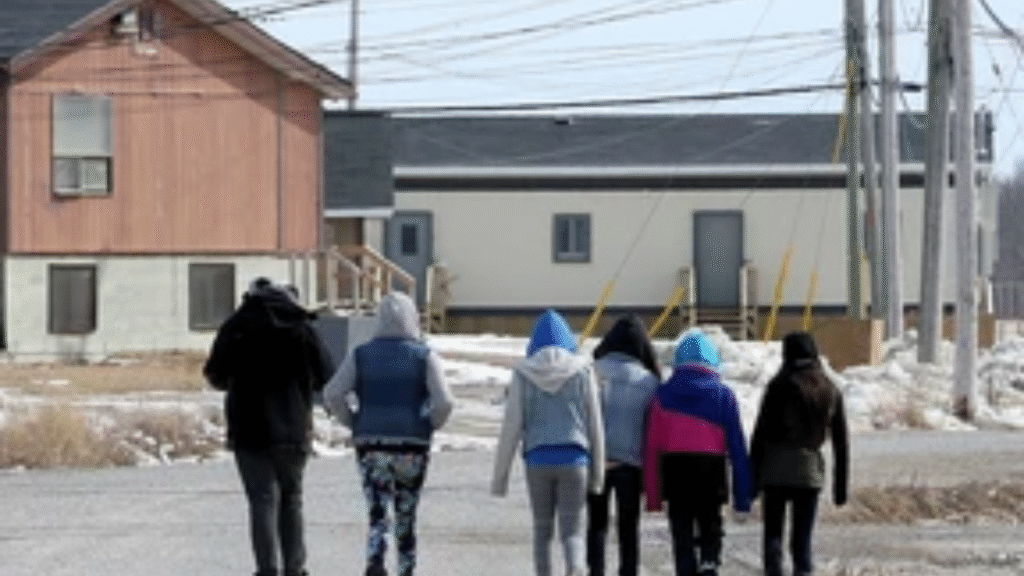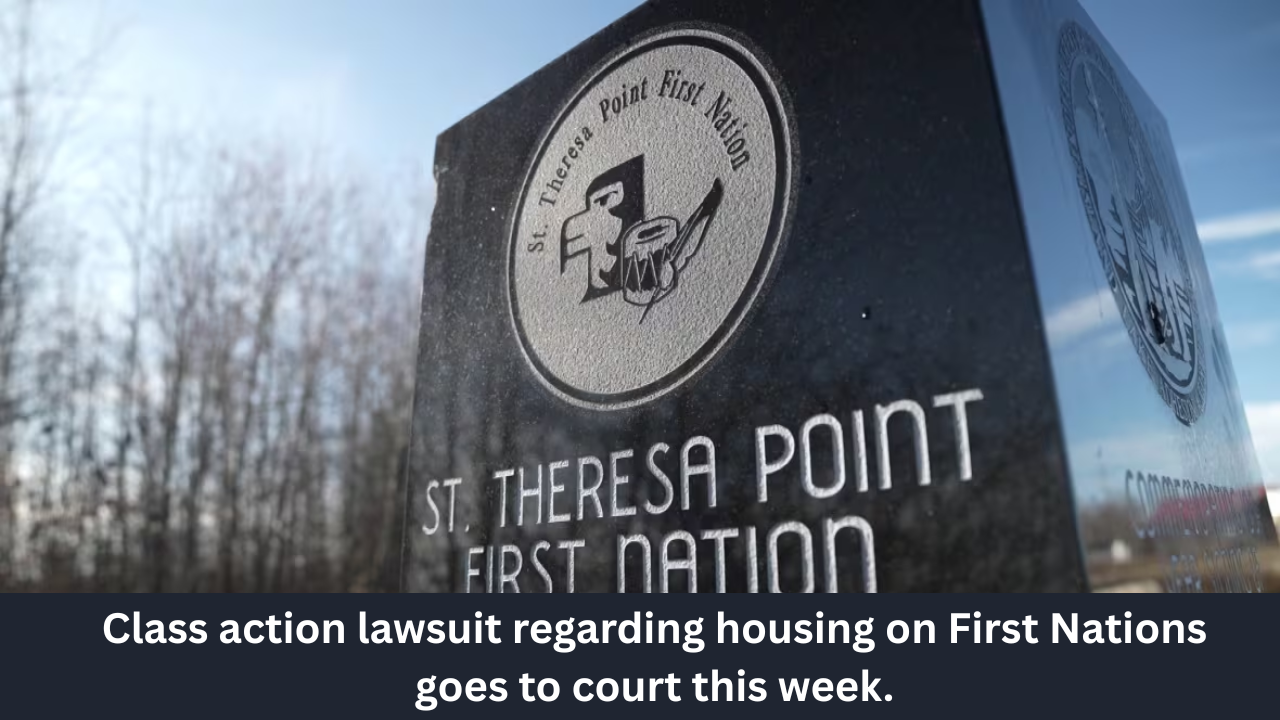This week, the Federal Court of Canada is hearing a pivotal class action lawsuit that could reshape the way housing issues are addressed on First Nations reserves across the country. The case, brought forward by the St. Theresa Point First Nation in Manitoba and Sandy Lake First Nation in Ontario, is part of an ongoing struggle for adequate housing on reserves, and has gained support from over 100 First Nations communities.
The Core of the Lawsuit
At the heart of the class action lawsuit is the claim that the federal government has failed to provide adequate funding for housing on First Nations reserves. The plaintiffs argue that Canada has, for decades, deliberately underfunded housing initiatives on reserves, and has imposed restrictions that limit the ability of Indigenous communities to address their own housing needs.
The lawsuit claims that this lack of support has led to overcrowded living conditions, substandard housing, and widespread disrepair. The plaintiffs are seeking $5 billion in compensation for the affected communities, as well as an order compelling the federal government to fulfill its constitutional obligation to provide adequate housing on First Nations reserves.
“The government has a responsibility to provide safe, adequate housing for First Nations peoples,” said a spokesperson for the plaintiffs. “For too long, our communities have been subjected to overcrowding, mold, and dilapidated homes that are not fit for human habitation. This case is about holding the government accountable for its failure to act.”
The Class Definition
The class action lawsuit is not limited to the two First Nations involved in the case. It includes all First Nations members who have lived on reserves with a housing shortfall of two or more bedrooms per the National Occupancy Standard. Additionally, it includes those living in homes that are in need of major repairs.
To be eligible for compensation under the class action, individuals must have been alive two years prior to the commencement of the action. This broad class includes thousands of First Nations people who have been impacted by inadequate housing conditions, many of whom have suffered for generations.
The Federal Government’s Response
The federal government has not yet responded to the specific claims raised in the lawsuit, but it is expected to argue that it has made substantial investments in Indigenous housing in recent years. Canada has indeed made efforts to address housing issues on reserves, including through initiatives such as the Indigenous Homes Innovation Initiative and the National Housing Strategy. However, many Indigenous leaders argue that these initiatives have been insufficient and that they fail to address the systemic underfunding of housing on reserves.
Critics also point out that the federal government’s approach to housing on First Nations is often slow and bureaucratic, with many communities waiting years for approval of housing projects or repairs. In addition, some argue that the government’s efforts have been piecemeal and have not taken into account the unique needs of First Nations communities, including cultural considerations and the desire for self-governance in housing decisions.

A Broader Context
This class action lawsuit is part of a larger movement to address the systemic challenges faced by Indigenous communities in Canada. It follows other major legal actions and settlements aimed at addressing historical injustices, such as the 2023 settlement in a class action regarding discriminatory child welfare practices. In that case, the federal government agreed to pay $23.3 billion in compensation to First Nations children and families who were harmed by Canada’s discriminatory child welfare practices.
The housing lawsuit, while focused on a different issue, shares a common theme with these other legal actions: the need for systemic change and accountability. For many Indigenous communities, inadequate housing is not just a matter of poor living conditions; it is a reflection of the broader social, economic, and political inequalities they face as a result of colonization and ongoing government neglect.
The Impact of the Lawsuit
The outcome of this case could have far-reaching consequences for both Indigenous communities and the federal government. If the plaintiffs succeed, it could result in a significant financial settlement and compel the government to take more aggressive action to address housing shortages on reserves. It could also set a legal precedent for future cases related to Indigenous rights and government accountability.
For the First Nations involved in the lawsuit, the stakes are high. The plaintiffs are not only seeking compensation for past harms but are also calling for structural changes to the way housing on reserves is funded and managed. This could include greater decision-making powers for First Nations communities, as well as more direct control over housing projects and funding.
Next Steps
As the class action moves through the courts, the parties involved will continue to present evidence and make arguments. The outcome is expected to take months, if not years, to resolve. However, regardless of the decision, the lawsuit has already served as an important reminder of the ongoing housing crisis in many Indigenous communities and the need for meaningful change.
For more information on housing and Indigenous issues in Canada, the Indigenous Services Canada website provides useful resources and updates on government initiatives
Additionally, those interested in the broader context of Indigenous rights and housing in Canada may want to explore resources on the National Housing Strategy .
Conclusion
The class action lawsuit over housing on First Nations reserves marks an important moment in the ongoing struggle for justice and equity for Indigenous peoples in Canada. By holding the federal government accountable for its failure to provide adequate housing, the plaintiffs hope to create lasting change that will improve living conditions for First Nations people across the country. As this case unfolds, it will undoubtedly continue to shine a spotlight on the urgent need for action on housing and broader issues of Indigenous rights and self-determination in Canada.




